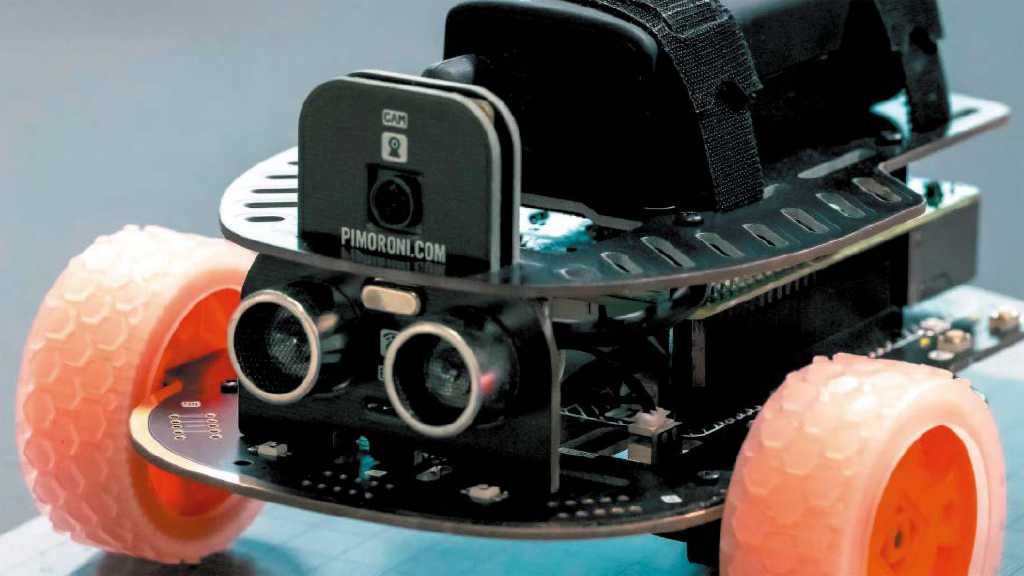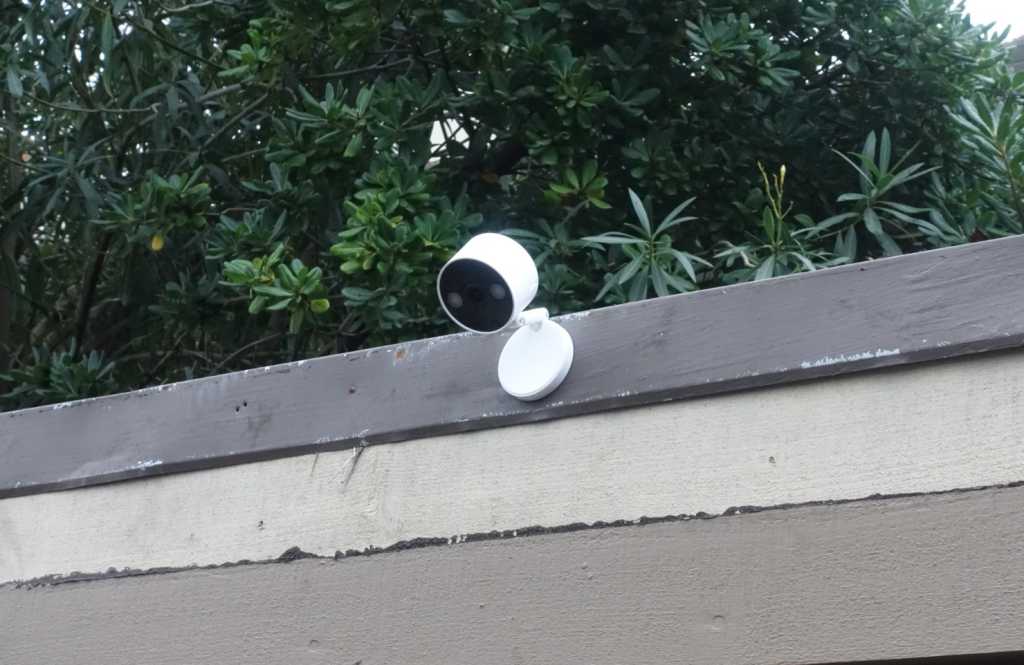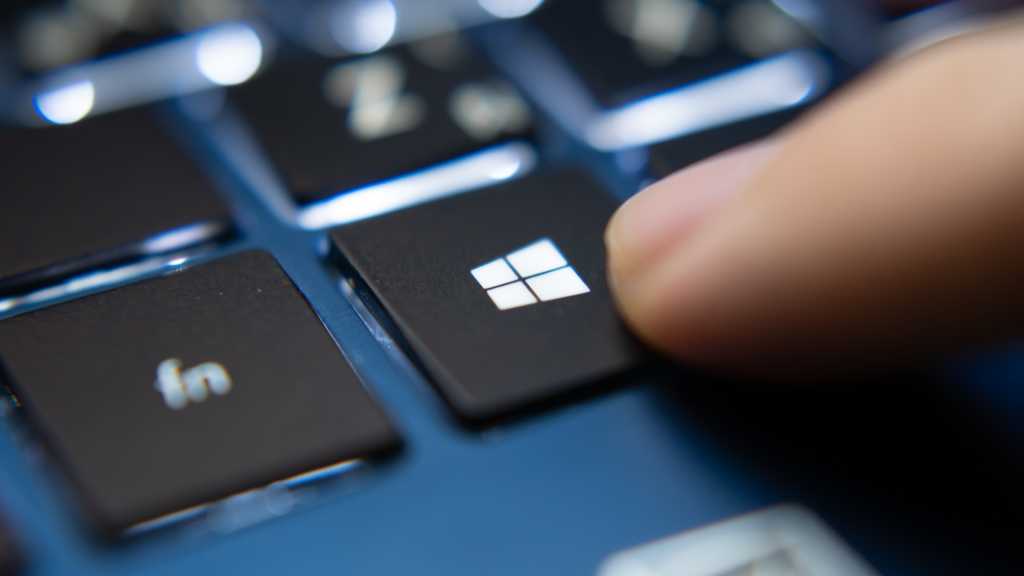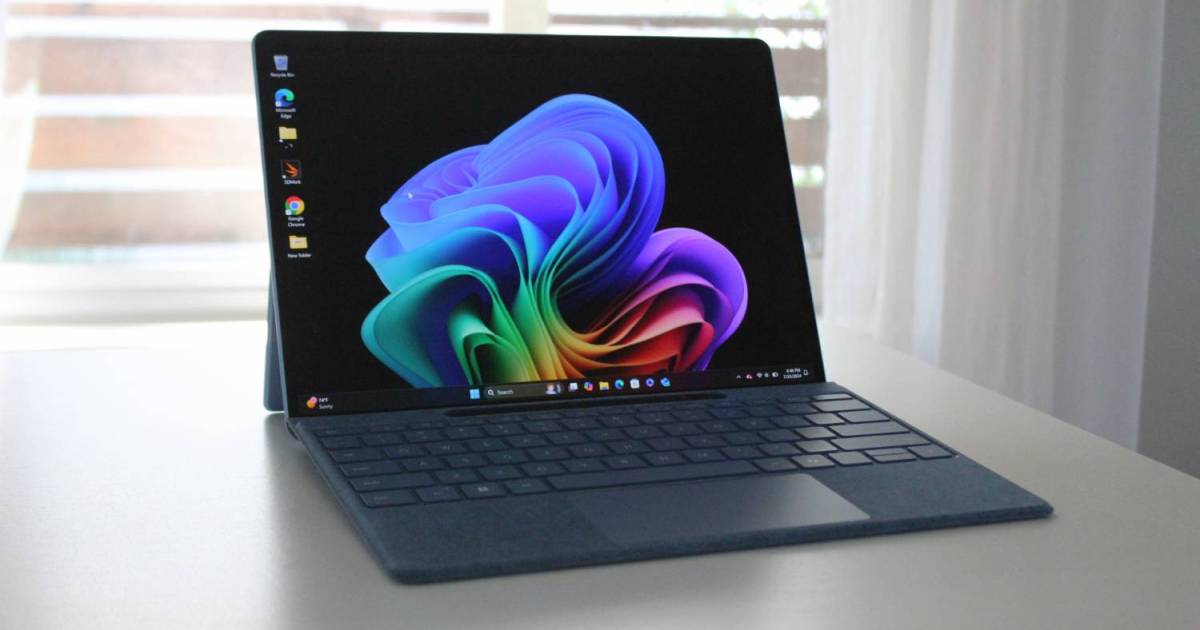In the world of audio recording, persistent background noise can be a major obstacle to achieving professional-quality sound. Whether you’re a podcast producer, recording enthusiast, or streamer, unwanted noise from keyboards, traffic, or other sources can significantly impact your recordings. The solution often lies in understanding and utilizing the directional characteristics, or polar patterns, of your microphone.
A microphone’s polar pattern dictates the directions from which it captures sound and which it effectively ignores. This seemingly small technical detail can be the key to isolating your desired audio source and minimizing unwanted background noise. Let’s delve into the various polar patterns and their applications.
Cardioid: Your Solo Recording Companion
The cardioid polar pattern, aptly named for its heart-shaped pickup area, is a go-to choice for minimizing background noise. It primarily captures sound from the front while effectively rejecting sounds from the sides and rear. This makes it ideal for solo podcasters, vocalists, and streamers who want to focus on their voice and minimize distractions from their surroundings.
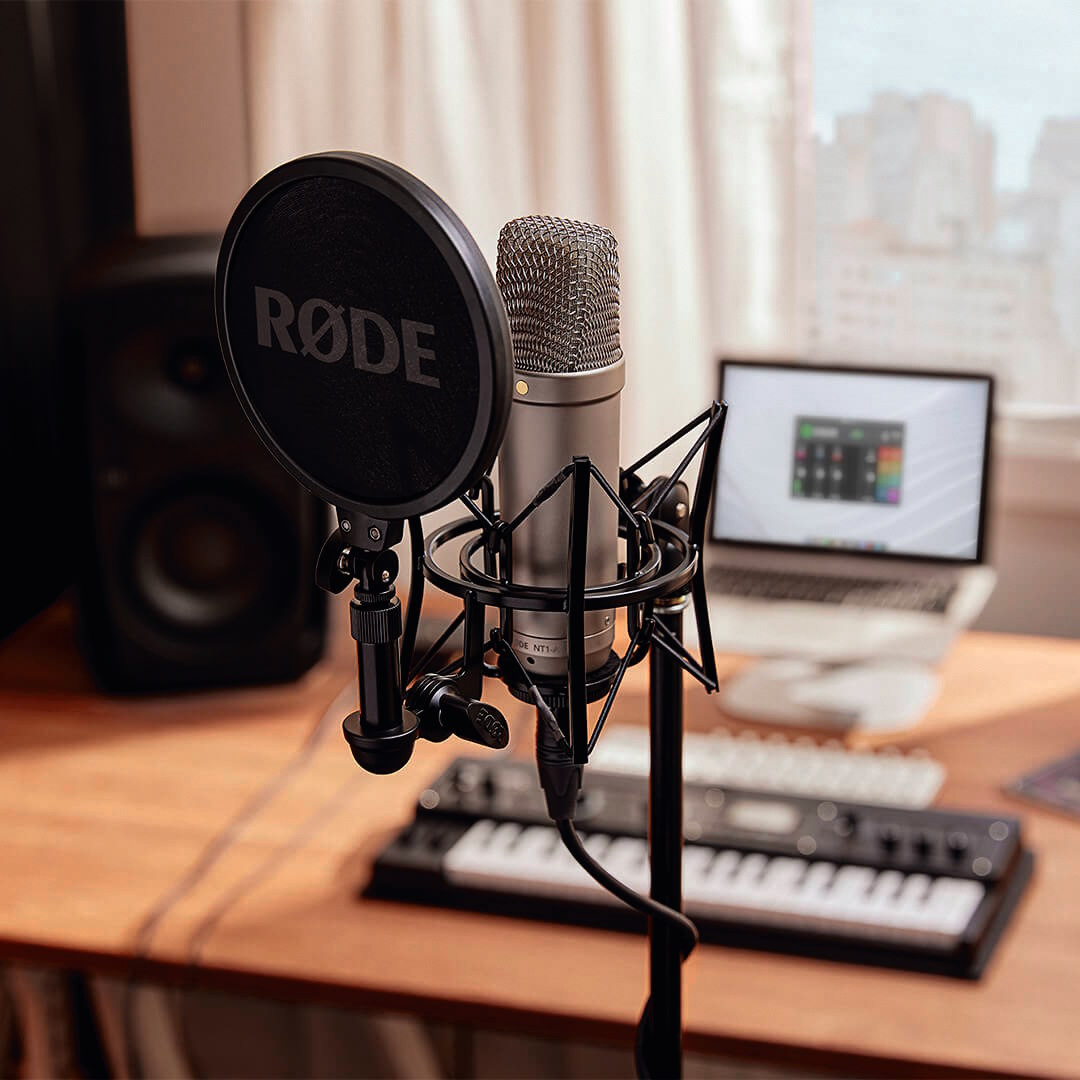 Rode MikrofonThe directional characteristic of your microphone determines the quality of your recording. Choosing the right polar pattern is crucial.
Rode MikrofonThe directional characteristic of your microphone determines the quality of your recording. Choosing the right polar pattern is crucial.
Supercardioid and Hypercardioid: Precision in Noisy Environments
For even greater noise rejection, supercardioid and hypercardioid patterns offer a narrower pickup area, focusing even more tightly on the front and further minimizing sound from the sides. These patterns excel in noisy environments or live performances where isolating a specific sound source is paramount.
Omnidirectional: Capturing the Ambience
On the other end of the spectrum, the omnidirectional pattern captures sound equally from all directions. This is useful for recording group discussions, ambient sounds, or capturing the natural atmosphere of a specific location. However, it’s important to use omnidirectional microphones in quiet, controlled environments to avoid picking up excessive background noise.
Bidirectional: Ideal for Interviews and Duets
The bidirectional, or “Figure-8,” pattern captures sound from the front and back while rejecting sound from the sides. This makes it perfectly suited for face-to-face interviews, recording duets, or capturing instruments positioned opposite each other.
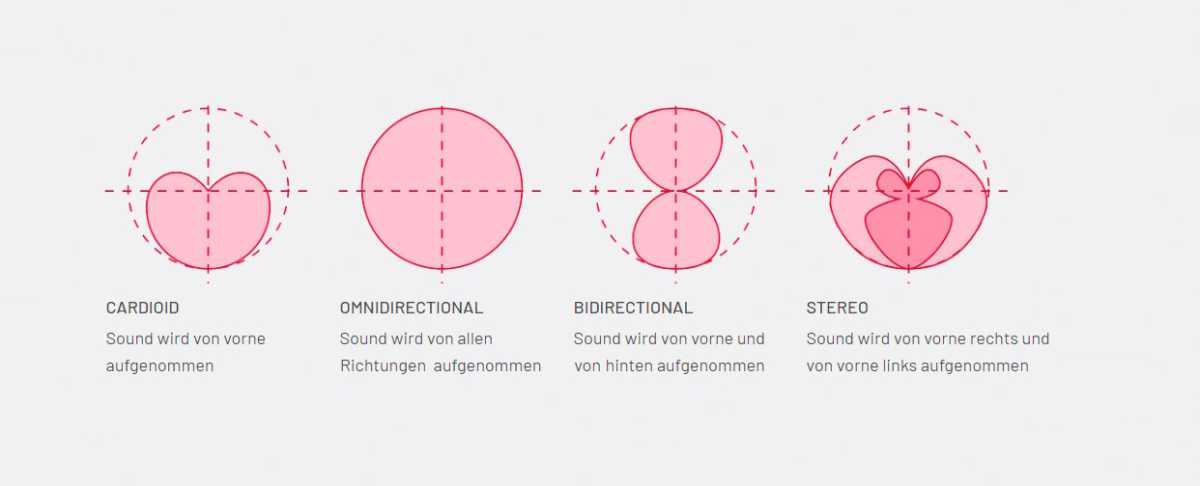 Mikrofon-Richtcharakteristiken im VergleichComparing microphone polar patterns. Many modern microphones offer selectable polar patterns.
Mikrofon-Richtcharakteristiken im VergleichComparing microphone polar patterns. Many modern microphones offer selectable polar patterns.
Choosing the Right Polar Pattern: A Key to Audio Success
Understanding and selecting the appropriate polar pattern is essential for achieving high-quality audio recordings. Modern microphones often feature switchable polar patterns, allowing you to adapt to various recording scenarios and optimize your audio capture for any situation.
Recommended Multi-Purpose USB Microphone: Blue Yeti X
The Blue Yeti X is a versatile USB microphone that offers multiple polar patterns, making it suitable for a variety of recording applications.
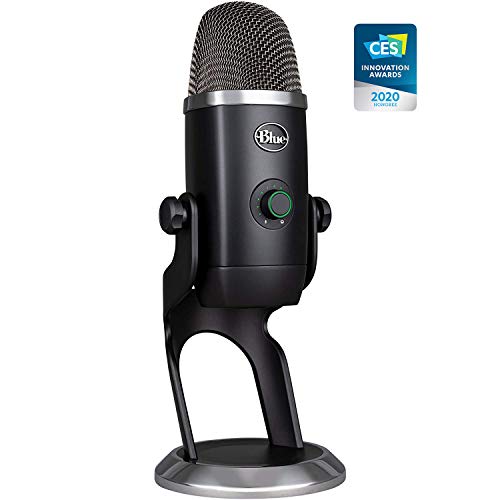 Blue Yeti XThe Blue Yeti X provides flexibility and excellent audio quality.
Blue Yeti XThe Blue Yeti X provides flexibility and excellent audio quality.
Price When Reviewed: $169.99
Best Prices Today: $103.99 at Best Buy | $127.96 at Amazon | $129.99 at B&H
Conclusion
In today’s digital landscape, clear communication and high-quality audio are increasingly important. By understanding and utilizing microphone polar patterns, you can elevate your recordings and ensure professional-sounding audio for any application. For more information on USB microphones, check out PCWorld’s article on the best USB microphones for streaming.
See PCWorld’s article on the best USB microphones for streaming to learn more.





